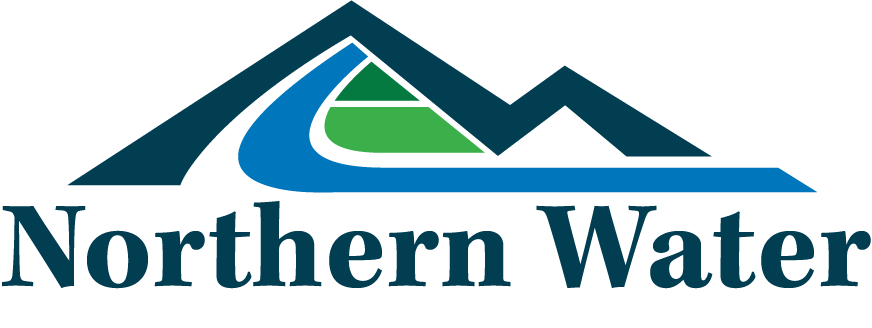River Health and Restoration
Restoring Our Rivers
Northern Water is committed to providing water to Northeastern Colorado while simultaneously maintaining river health. When water is removed from a river the environment is impacted in a variety ways, including the speed and movement of the water, as well as changes to oxygen and temperature levels. This also can impact aquatic health, river shape and surrounding vegetation. However, there are things we can do help a river adapt and lessen the impacts when water is diverted.
River restoration, a tool to mitigate Northern Water’s operational impacts, can help in a variety of ways. A river can be reshaped, riparian vegetation can be re-established, and fragmented river systems can be reconnected. In addition to these efforts, Northern Water works with biologists and hydrologists to release flushing flows at critical times of the year to move sediment and improve aquatic habitat. Many of our restoration efforts have benefits beyond ecological health and can improve flood plain dynamics, recreation and aesthetic values. All of these can have positive effects on a river.
Northern Water collaborates with scientists, land managers, conservation groups, local governments and the public to understand both the needs of river systems and the community. Efforts such as Learning by Doing, the Northern Integrated Supply Project Adaptive Management Program, as well as the Windy Gap Project’s Colorado River Connectivity Channel generate significant data that help direct river restoration efforts in the Upper Colorado River and Poudre River watersheds. These efforts are designed to respond and evolve as Northern Water and its partners seek to restore, maintain and improve river health.
